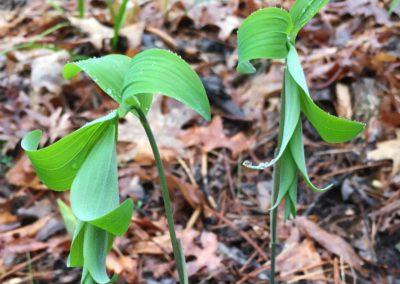
Attract Butterflies and Moths to Your Garden
The idea of supporting more wildlife in your yard can be expressed in many ways. It might be that you want to provide food for birds, attract butterflies, create safe small mammal pathways, or improve pollinator resources. Animals and insects need a variety of plants, both bare and planted areas, plant litter, and deadwood for safety, food, and different stages of growth. When it comes to ecological health and diversity, a spotless yard is not a healthy yard.
Some of the strategies you can use to meet these goals are rather broad and simple:
- Stop using pesticides: insecticides, herbicides, and fungicides, etc.
- Choose a variety of flowering plants and stagger bloom times throughout the year.
- Chose plants of different heights to create layers in the garden.
- Designate areas in your yard that you don’t mow.
- Make your lawn smaller or eliminate it completely.
- Don’t remove all your fallen leaves and yard waste – mulch with them or allow a few piles to remain in out of the way spots, such as under shrubs or corners of the garden. Butterflies and moths often overwinter in curled up fallen leaves. Insects often pupate or overwinter in hollow plant stalks.
- Leave some patches of earth bare of leaves and mulch for ground-nesting bees.
- Ensure that there is clean water nearby (without pesticide and fertilizer runoff).
If you are interested in choosing plants that will support more wildlife in your yard, please look over this list of Plants to Attract Butterflies and Moths by Doug Tallamy, entomologist, professor, and author. When you make habitat for butterflies and moths, you are also creating habitat for other beneficial insects and wildlife.





























